Sopron Is the Hungarian City Straddling Vines and Vision
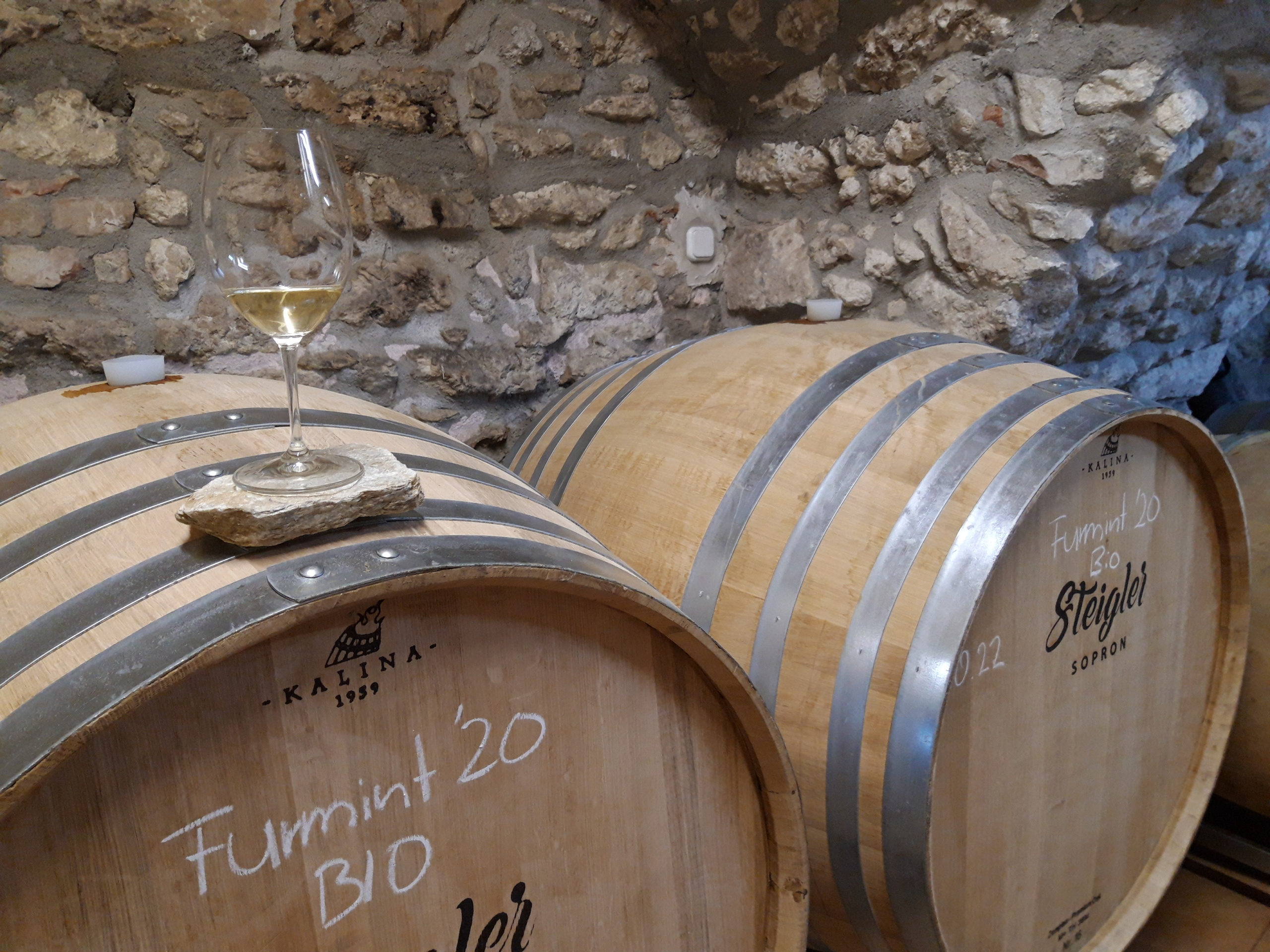
Reviving winemaking traditions on the old frontier between East and West from those with roots in both.

Reviving winemaking traditions on the old frontier between East and West from those with roots in both.
wine writer
Sue is a Budapest-based wine writer and specialist wine translator. Originally a linguist, she has since completed the WSET Diploma, is a Weinakademikerin and a VIA Italian Wine Expert, as well as a Master of Wine Stage 2 student. She is also a regular judge at wine competitions around the world.
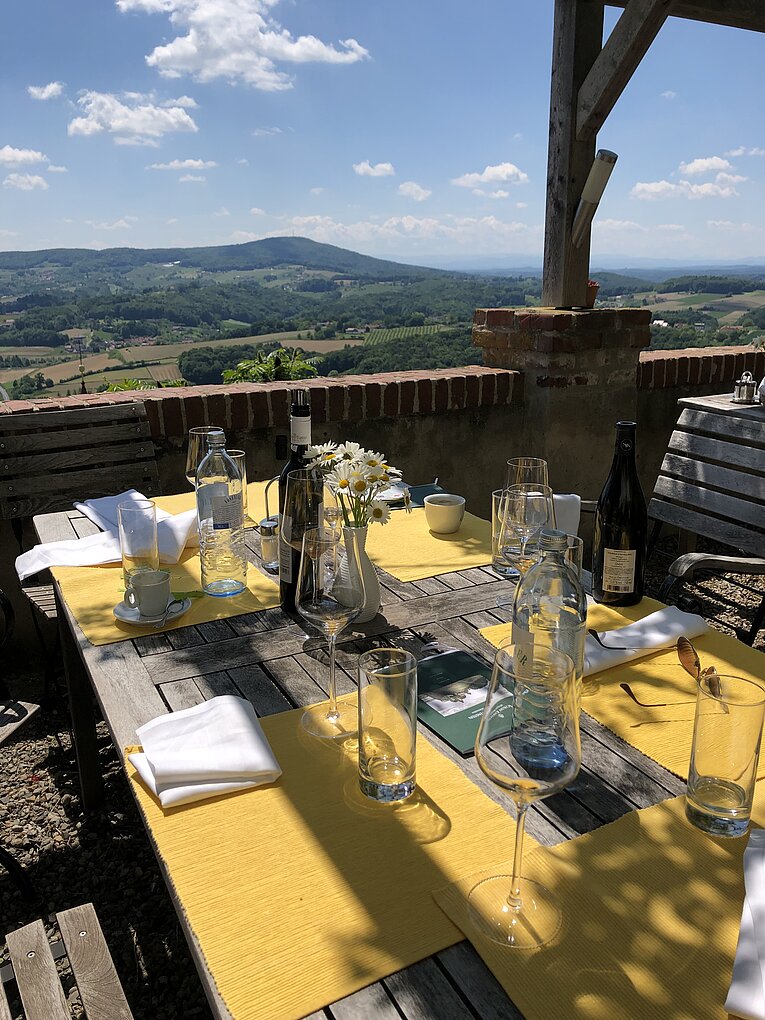
12/17/2021 Wines with a View at Winkler-Hermaden By Jill Barth The story of Weingut Winkler-Hermaden and its home in a striking 11th-century castle starts with a “small, tough” woman. That woman, Magdalene Helene, was current proprietor Georg Winkler-Hermaden’s grandmother. When he found her diary, which she kept from her arrival at the Schloss Kapfenstein in 1916 through WWII, he “began to read and couldn’t stop until the book was finished.” In 1916, Magdalene Helene came to the castle as a young woman to work as a maid. Just two years later, her employer died and bequeathed the Schloss and…...
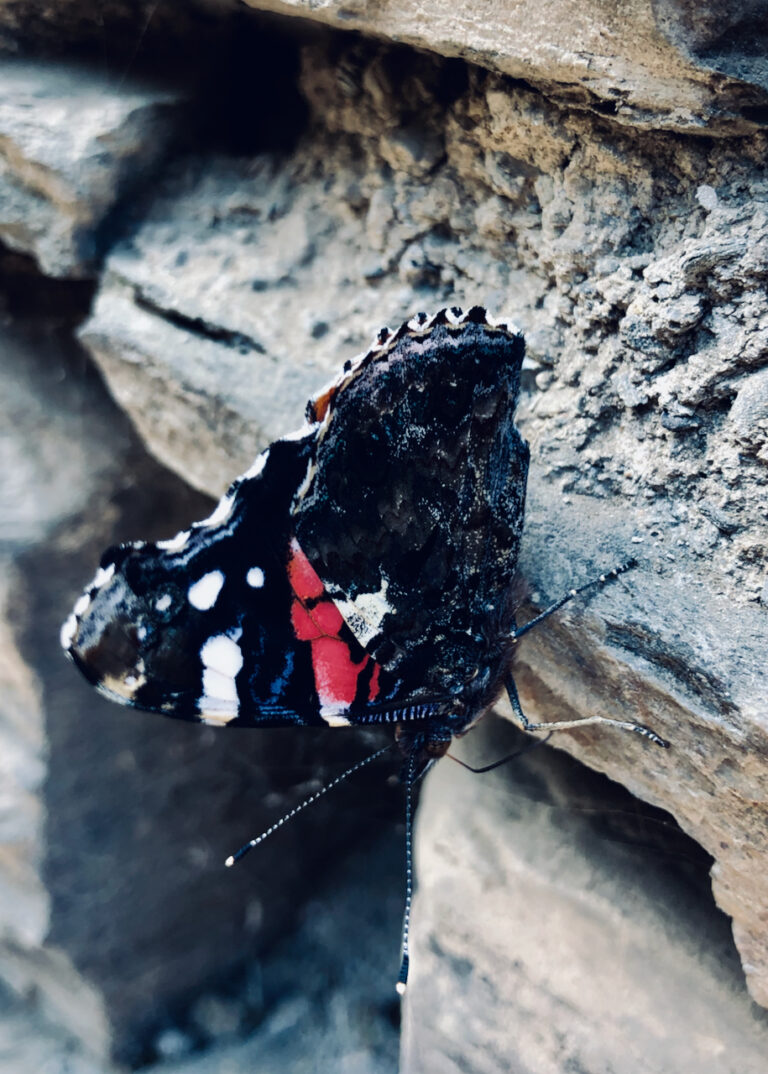
Don’t let anyone tell you those rocks are a waste of time. Twenty-five years from now, sitting in a Koblenz classroom on your first day of wine school, you will be grateful for each and every one of them. Because there in the heart of German wine country, those stones and their secrets — though you don’t know it yet — will be the foundation keeping you steady among your more experienced classmates, those vintners’ sons and daughters who boast seven, ten, 15 generations in the business, and counting. All while you are still trying to locate the Mosel on…...

March 25, 2024 Update: Schmetterling has closed. It’s owners hope to reopen in the future. Are there parallels between German and Austrian wines, small-scale farming, and the queer community? If so, the most essential may be a shared need for safe space. Schmetterling, a queer-forward natural wine and vinyl shop that opened this summer in rural Vermont, aims to offer just that. By prioritizing the needs of communities at — admittedly starkly unequal — risk, owners Danielle Pattavina and Erika Dunyak have created an unlikely outpost for low-intervention German, Austrian, and other Alpine wines. The shop is both an incubator…...

Archetype, a Portland, Oregon-based import start-up, is focused on Alpine wines. They are refining consumer's understanding of the category and building community near and far.
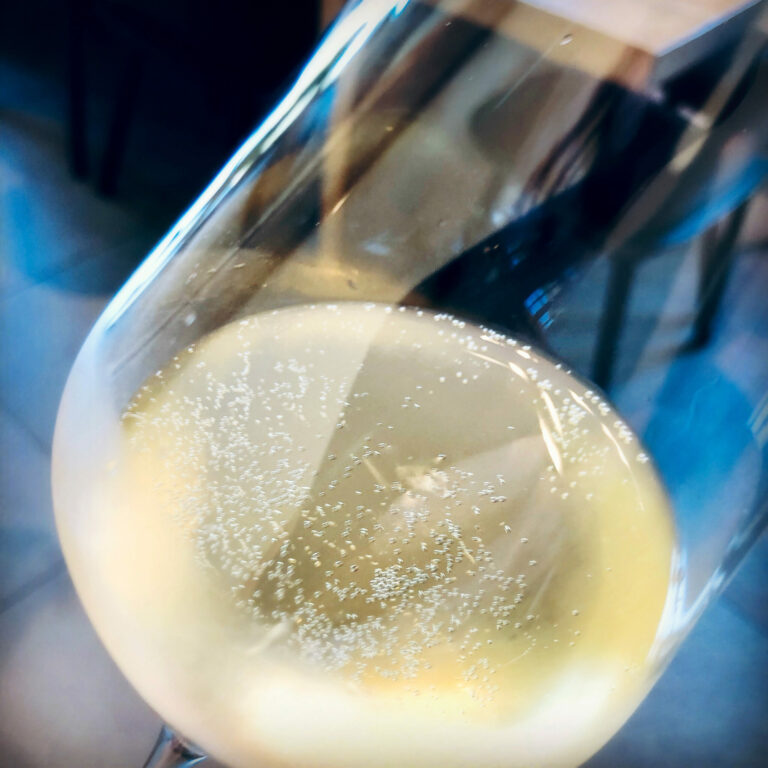
It is Friday night and I’m terrified. In 24 hours, a top sommelier is coming to our house for dinner. A sommelier who puts together the wine lists for a global restaurant group; a sommelier who has spent over 30 years training more somms than I’ve seen typos on a wine list; a sommelier who matches food and wine the way the rest of us match our Sunday outfits. And tomorrow, I’m responsible for the wine. My wife draws up a shopping list for the meal, blissfully unconcerned. “We’re not a restaurant,” she says, “why should she expect Michelin-starred cooking?”…...
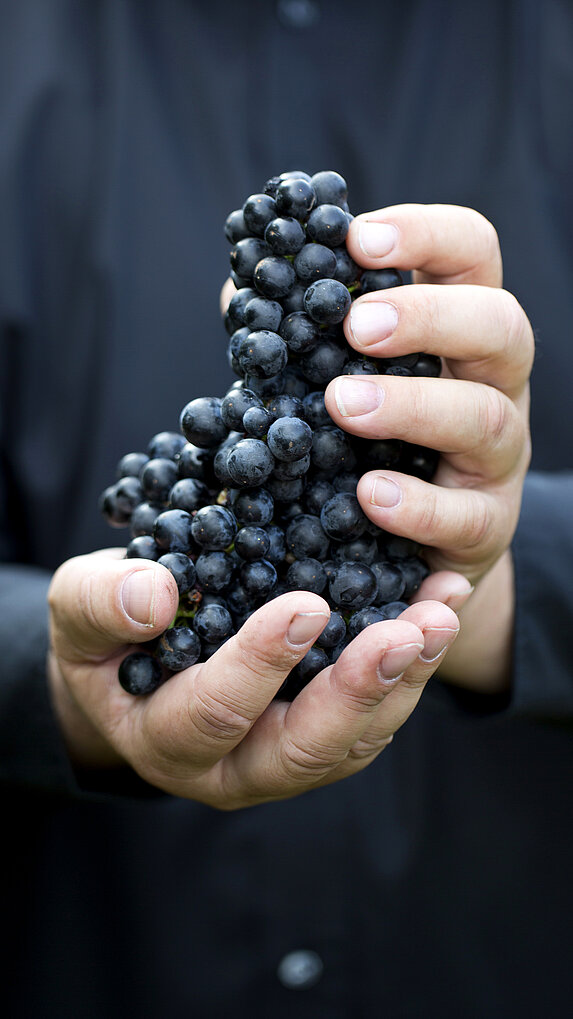
St. Lawrence, the man, was born in Valencia, Spain, sometime around 225 CE. He moved to Rome to work with Pope Sixtus II, became a deacon, and earned a reputation as a champion of the poor. On August 10, 258, Roman Emperor Valerian sentenced him to die by being lashed to a bed of hot coals. But so great was his devotion to god, the legend goes, that he resisted the flames, demanding that his tormentors flip him like a steak. A martyr was made. St. Laurent, the grape, is thought to have originated in what is now eastern Austria…...
Enjoy unlimited access to TRINK! | Subscribe Today